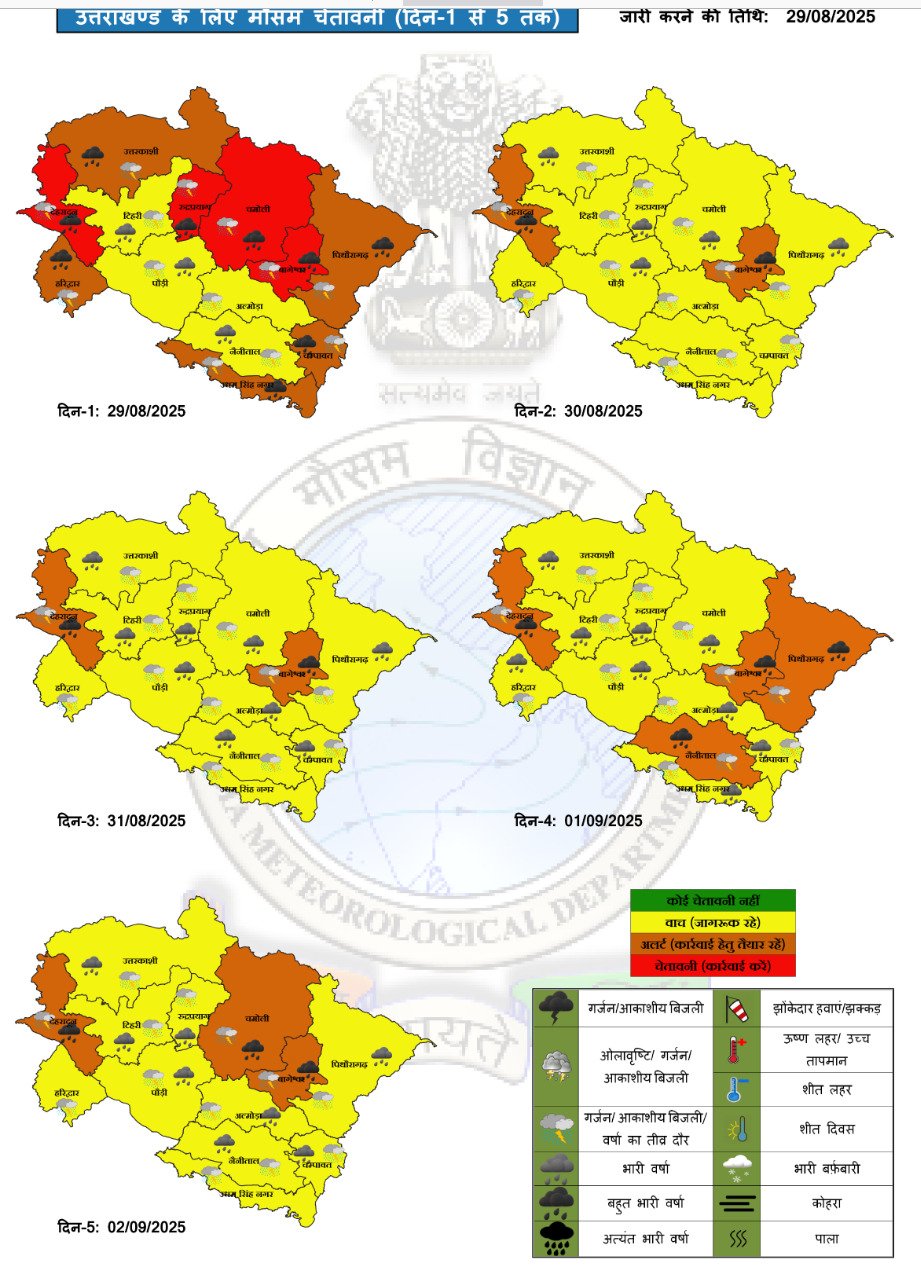Chief Minister Pushkar Singh Dhami inaugurated 13 long-range sirens, on Saturday aimed at significantly strengthening the state’s disaster and civil security capabilities. This is being seen as an important step to bolster the state’s emergency readiness. These newly deployed sirens, with a reach of 8 to 16 kilometers, are designed to deliver timely alerts during natural calamities and reinforce broader public safety efforts.
Our correspondent reports that the first phase of installation has seen these advanced sirens mounted at key strategic locations, including Rishikesh, Prem Nagar, Clement Town, and Raipur police stations. By situating the systems in populated and high-risk areas, the administration aims to ensure that warnings are both widespread and effective.
Uttarakhand’s rugged topography makes it highly vulnerable to natural disasters like landslides, floods, and cloudbursts. The state’s hilly terrain often hampers rescue efforts and disrupts communication, particularly in remote areas. The new siren system seeks to fill this critical gap by enabling early warning signals that can trigger faster evacuation and coordinated response.
At the launch event, the Chief Minister highlighted the dual utility of the sirens, stating that they will serve not only during disasters, but also as vital assets for civil security. He emphasised that such technology-driven infrastructure, when regularly tested and supported by public awareness campaigns, can make a tangible difference in reducing deaths and damage.
Officials confirmed that the siren network is being rolled out in phases, with strict protocols in place for routine checks and maintenance. The government has also directed authorities to launch public outreach efforts—informing citizens about how to interpret the siren alerts and what precautionary steps to take.
Further enhancements could include integrating these sirens with mobile alerts, community radio, and local disaster response teams, creating a multi-channel communication ecosystem. While today’s unveiling marks a major milestone, officials indicate that the project’s next phases will expand coverage to other towns and vulnerable regions across the state.
In recent years, Uttarakhand has witnessed incidents where rapid-onset weather events caught communities off guard. With the siren network now in place, authorities are hopeful that public safety infrastructure will keep pace with growing climate threats.
The installation of these long-range sirens aligns with the state’s broader agenda to modernise its disaster management architecture. It signals a shift toward proactive, technology-enabled strategies that aim to safeguard lives, instil public confidence, and reinforce Uttarakhand’s resilience in the face of future emergencies.





















